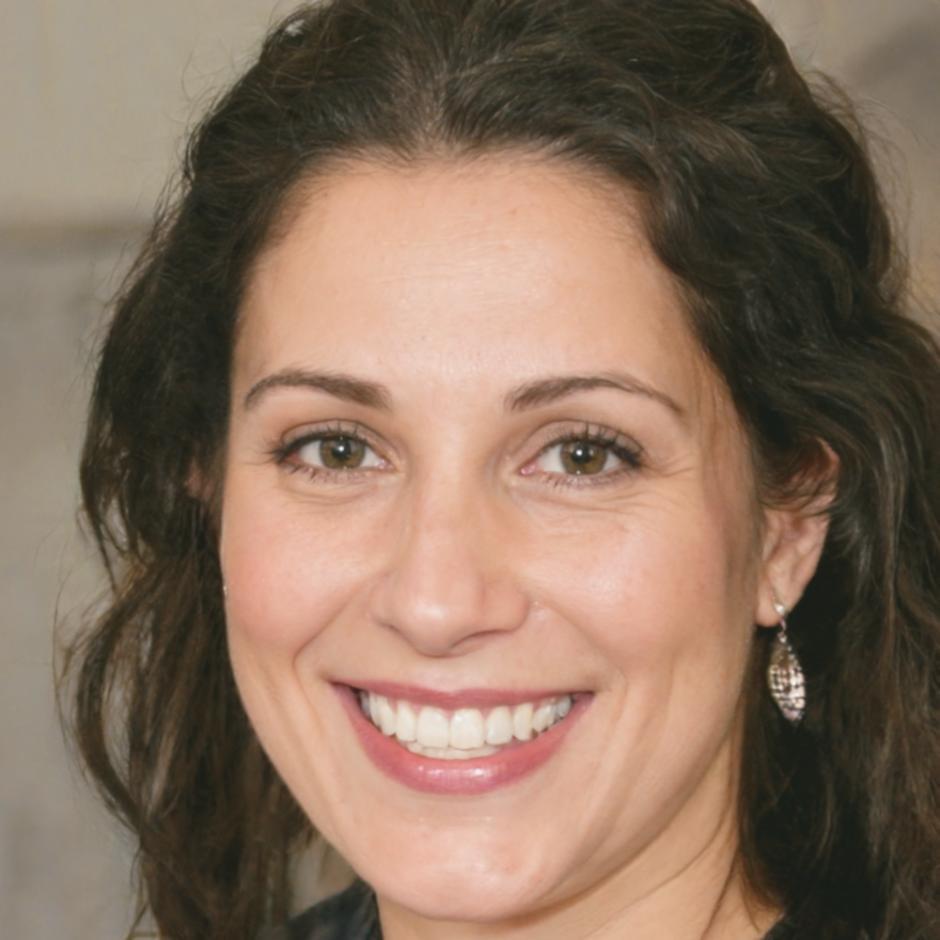Financial Modelling for Analysts
Build real-world financial models that actually get used in boardrooms and investment decisions.
Over the years, we've noticed something odd. Plenty of finance courses teach theory, but when analysts start their first role, they're building models from scratch with no real guidance. Our program focuses on the practical side – the spreadsheets, the formulas, the scenarios that investment committees actually care about.
Get Programme DetailsHow Our Programme Developed
Started as weekend sessions in 2019, now running structured cohorts across Australia.
Weekend Workshops Begin
We ran informal Saturday sessions for junior analysts in Sydney. Just Excel, coffee, and real case studies from local firms. The feedback convinced us there was a gap worth filling properly.
First Structured Cohort
Launched our eight-week programme with 14 participants. We focused on DCF models, scenario planning, and sensitivity analysis – the fundamentals that keep coming up in finance roles across sectors.
Curriculum Expansion
Added modules on merger models and LBO structures after requests from participants moving into M&A advisory. Also introduced case studies from Australian mining and property sectors.
Regional Delivery
Now running cohorts in Melbourne and Brisbane alongside Sydney sessions. Added evening options for people working full-time who want to upskill without taking leave.
Next Intake Opens
Upcoming cohort starts late September with enrolment opening in July. We're keeping groups small – around 18 participants – so everyone gets proper attention during model reviews.

What Makes This Different
Most finance training talks about concepts. We work with actual spreadsheets and messy data that needs cleaning before you can even start building.
Live Model Building
Each session involves constructing working models together. You'll see mistakes happen in real-time – which is honestly more valuable than polished examples.
Industry-Specific Scenarios
We pull case studies from sectors that matter in Australia. Mining valuations work differently to retail, and property models have their own quirks.
Review and Feedback
Submit your models for detailed review. We'll mark them up with comments like you'd get from a manager – specific, practical, sometimes blunt.
Who Runs the Sessions
Finance professionals who still build models in their day jobs.

Callum Haverstock
Investment Analysis
Spent 11 years in private equity before teaching. Still consults on deal modelling, which keeps the content current and practical.

Briony Kellaway
Corporate Finance
Works in FP&A for a listed company. Handles our sessions on budgeting models and variance analysis – the less glamorous but essential stuff.

Dominic Strathmore
Valuation Specialist
Background in Big Four advisory before moving to boutique M&A. Covers transaction models and explains what acquirers actually look at.
Programme Structure
Eight weeks, two evening sessions per week. We cover foundational models first, then move into more complex structures as your comfort level builds.
Each module includes take-home exercises. You'll spend about five hours per week outside sessions – building models, reviewing examples, fixing errors in intentionally broken spreadsheets.

Financial Statement Modelling
Building integrated three-statement models. We start with historical data, add assumptions, link the statements properly so they balance.
DCF and Valuation Methods
Discounted cash flow models from scratch. Terminal values, WACC calculations, sensitivity tables. Also cover comparable company analysis for reality checks.
M&A and Transaction Models
Accretion/dilution analysis, merger consequences, purchase price allocation. We work through a fictional acquisition to see how everything connects.
LBO Models and Advanced Topics
Leveraged buyout structures, returns analysis, exit scenarios. Final week covers model auditing – finding and fixing errors in complex spreadsheets.